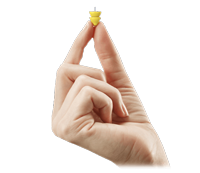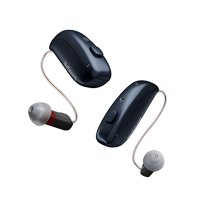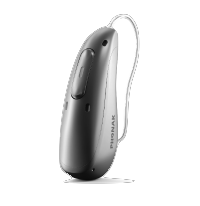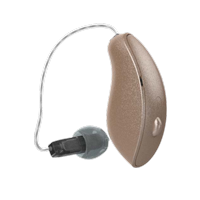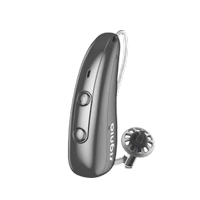We often take our hearing, and the sounds in our everyday world, for granted.
Stop for a moment and just listen. Hear the wind chimes from the neighbor or the humming of an air conditioner. The traffic a mile away or a dog barking.
From the time we are born, our hearing is mostly an automatic function. Our ears bring in the sound and our brains interpret it, as easily as breathing. In reality, even basic hearing is a complex and fascinating process. Here are a few things you may not know about how we hear.
Your Brain is in Control
Our ears bring sound in, but what happens after that? Just like our brains are vital to processing images that our eyes see, our brains are necessary for making sense of what sounds our ears hear. The outer ear funnels sound into the inner ear, which then translates the sound into electrical impulses along the auditory nerve. The brain receives these electrical impulses and interprets them to give them meaning to us.
One Ear is More Emotional than the Other One
If you have hearing loss, you may have noticed that one ear is worse than the other. In our bodies there is often a slight imbalance: one eye sees better than the other, one foot is slightly larger than the other. Did you know that your two ears also prefer different sounds?
Research has uncovered that the right and left ears don’t process sound in the same way. The left ear is typically more attuned to hearing music and emotion, while the right ear is more responsive to logic and speech. It is believed that this is the case because the right hemisphere of the brain processes music and other creative functions, while the left hemisphere of the brain processes speech.
This could also be the key to why people with hearing loss that is worse in the left ear sometimes have trouble understanding emotional issues expressed by their loved ones, and people who lose hearing more in their right ear begin to have difficulty with organization.
Your Listening Comprehension Depends on…Hair?
Did you know that your inner ear contains tiny hair cells that are vital to proper hearing and understanding the world around you?
The hair cells in the inner ear, known as stereocilia, accept sound vibrations that your ears collect and they transform those vibrations into electrical impulses that can be interpreted by the brain. You have about 16,000 of these tiny hair cells rolled up like a rug inside of your inner ear, and without them you can’t hear or understand the world around you. These hair cells don’t grow back once they die, and they can be damaged by loud noises and decreased blood flow when you are in poor health. So protect your hearing and your tiny ear hair cells by turning the music down and staying healthy!
Have You Noticed Hearing Loss Makes You Tired? You Are Not Alone
Since hearing has been an involuntary process for most of our lives, when our hearing becomes more difficult it also becomes more physically and emotionally draining. You are forced to concentrate harder to understand the world around you, so by the end of the day you may be exhausted.
The good news is that this can be remedied with today’s hearing aids. They assist your ears and your brain by helping you hear and understand your environment more clearly, so you don’t have to get so tired trying to hear things around you.
If you think that hearing loss may be influencing you and making you feel fatigued, come in for a hearing screening today and see how hearing devices may alleviate this burden.
Here at California Hearing Center we are committed to your hearing health. Call us today to set up an appointment for a hearing screening.


